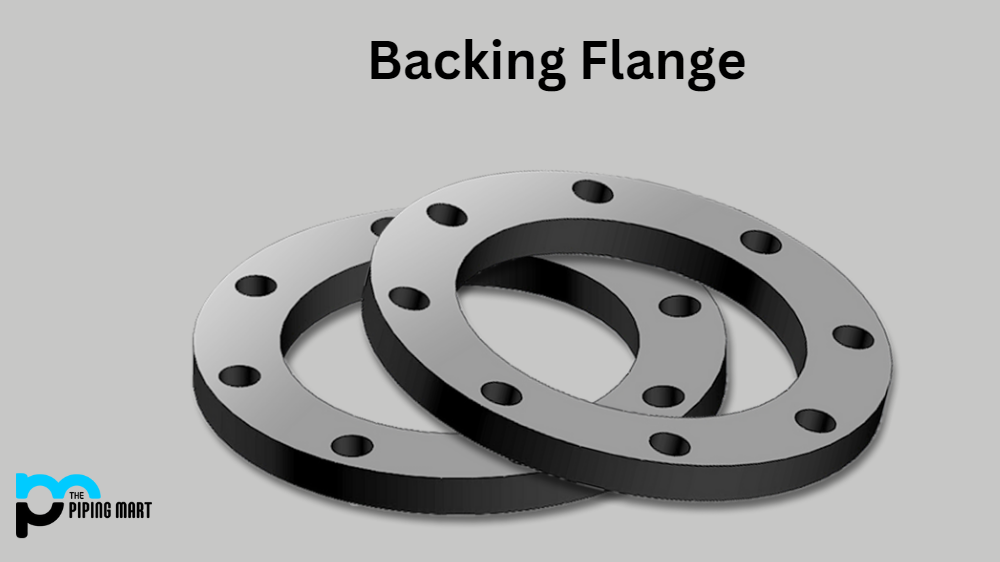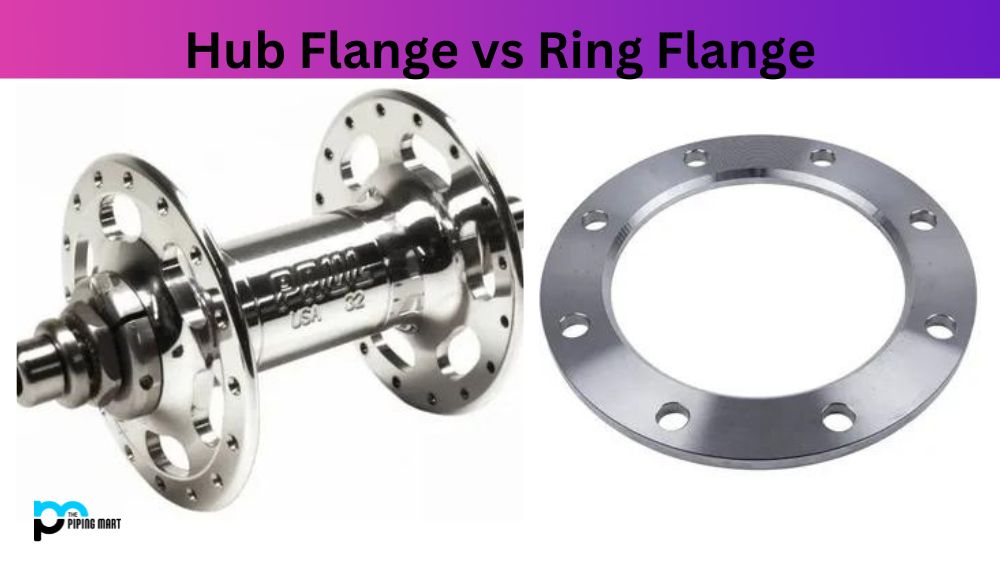If you are working in the industrial sector or just interested in engineering, you may have heard of forging facing flanges or F.F.F. But what are they, and what makes them so valuable in industrial settings? This blog post will discuss the properties of forging facing flanges, their uses, and applications. Whether you are a student, engineer, or just someone who wants to learn more about these essential components, this post will give you the necessary information.
What is Forging Facing Flanges?
Forging Facing Flanges are metal rings that connect two pipes or other pieces of equipment. They are made by heating and hammering a piece of metal into the desired shape, usually tapered with flat surfaces on both sides. This allows for better sealing against gaskets and makes connection easier due to the smooth exterior surface and confined area within the ring.
Forging Facing Flanges Properties:
Several properties make forging facing flanges an ideal choice for industrial settings. One of the most significant benefits of these flanges is their high corrosion and erosion resistance. They can withstand the most aggressive industrial environments without rusting or corroding. Additionally, forging facing flanges have high tensile and yield strength, which means they can withstand significant forces and pressure without breaking. Finally, they resist thermal stress, making them ideal for high-temperature applications.
Forging Facing Flanges Uses:
Forging facing flanges are used in various applications across several industries, including petrochemical, oil and gas, and power plants. Some common uses of these flanges include connecting pipelines, sealing valves, or pumps. They are also used in high-pressure vessels such as heat exchangers and boilers. Generally, any application that requires high-pressure and high-temperature resistance, such as steam pipelines or turbines, can benefit from forging facing flanges.
Forging Facing Flanges Applications:
Facing flanges can be applied in various settings, such as chemical, petrochemical, water treatment, and oil and gas. In the petrochemical industry, they connect various oil and gas extraction elements, such as valves, pumps, and pipelines. The power generation industry uses these flanges to connect steam turbines, boilers, and heat exchangers. Finally, these flanges are used in water treatment plants and are often employed in constructing filtration systems.
How to Use Forging Facing Flanges:
When using forging facing flanges, it is essential to follow certain guidelines to ensure safety and reliability. Always use the correct flange size and type when connecting pipelines. The flange bolts should be tightened as per the recommended torque specification provided by the manufacturer. In high-pressure applications, ensure certified professionals complete the installation process. Regular inspection and maintenance are also crucial to ensure a long life for these flanges in your industrial applications.
Conclusion:
Forging facing flanges are essential components in industrial settings. These flanges offer high resistance to corrosion, mechanical stress, and high temperatures, making them ideal for use in high-pressure applications. While they are mostly used in the oil and gas, power generation, and water treatment industries, they can be applied in several other sectors. Always follow recommended guidelines and safety procedures to ensure a long and reliable service life when using these flanges.

A passionate metal industry expert and blogger. With over 5 years of experience in the field, Palak brings a wealth of knowledge and insight to her writing. Whether discussing the latest trends in the metal industry or sharing tips, she is dedicated to helping others succeed in the metal industry.




